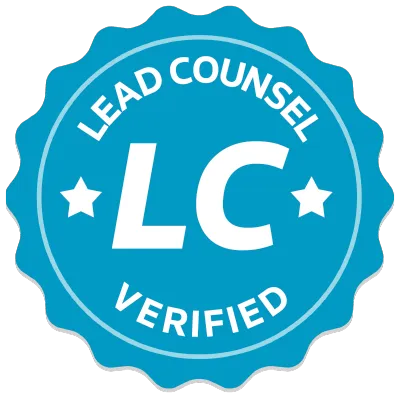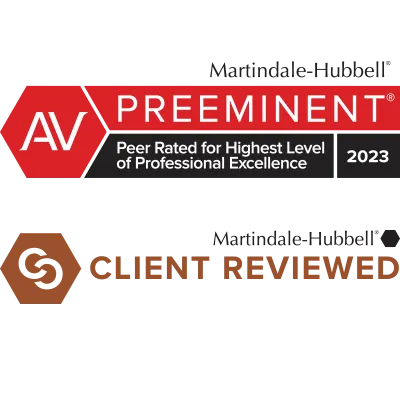- posted: Dec. 10, 2015
The EEOC Process – Employee
If you have never been involved with the EEOC before, either on the side of the employer or as an employee, the process they use to investigate a charge can seem a little confusing, long, or both. Once you have helped guide people through the process a few times it starts to become a little clearer. This post seeks to clarify the process and give little insights and tips we’ve learned along the way if you are an employee filing a charge.
Most of the time when an employee believes they have been subject to some adverse employment action (demotion, denied a promotion, terminated, etc…) as a result of discrimination the first step is to file a charge with the EEOC. It is important that when you are filing your charge you give as much information as you can to the EEOC. After your charge is filed, the EEOC will give you a copy of the charge with the charge number and within 10 days they will send notice to the employer. It is important to note that an employer cannot legally fire you because you went to the EEOC.
Sometimes you and your employer will agree to a mediation. The EEOC will provide a mediator who can suggest solutions to help you and your employer come to a mutual agreement. If there is no mediation or no resolution at the mediation stage, then your employer will most likely have to give the EEOC a written statement laying out their side of what happened.
Once the EEOC has statements from both sides they will determine whether or not a further investigation is warranted. Sometimes the EEOC will ask for more documents and phone interviews from the employer and sometimes they will go to the employer to investigate there.
When the EEOC has completed its investigation, one of a few things can happen. The first is that they will not find any violation and give you a right-to-sue letter. The Right-to-sue letter allows you to file suit against your employer in a court of law; however, we have found that the likelihood of winning a case where the EEOC has not found a violation is poor. The EEOC may also find a violation. If they do, they will try to work with your employer to come up with a voluntary settlement. If they are not successful they will send your case to the legal department. The legal department will either decide to take the case and file a lawsuit or they will decide not to and issue a right-to-sue letter. If the EEOC has found a violation the odds of a good outcome are much better than if they did not.
We hope this demystifies the EEOC process from the employee’s side. Be on the lookout for our next post discussing what happens if you are an employer on the receiving end of a charge. Feel free to reach out any time with questions.
Happy Holidays!




